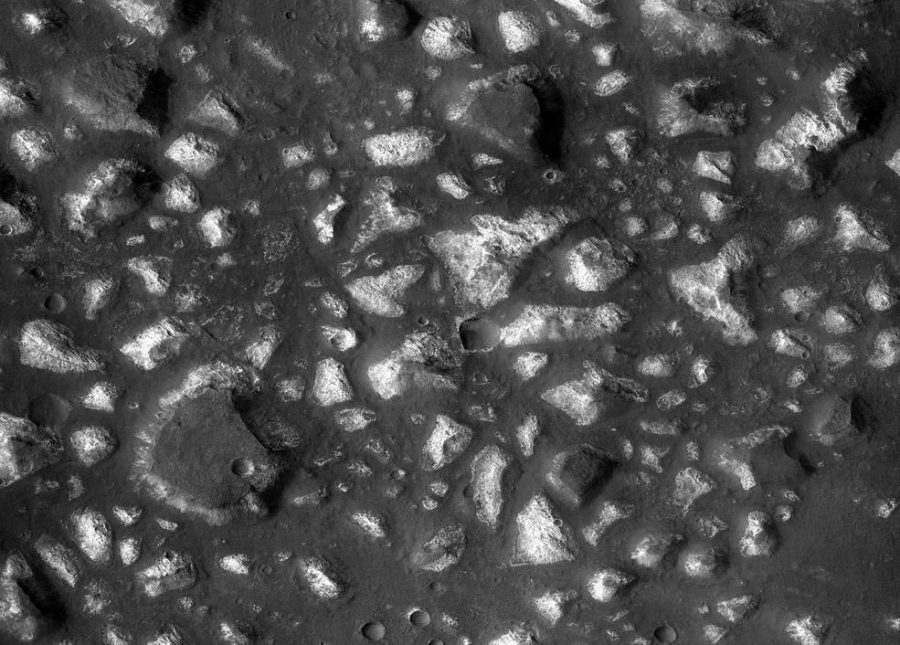Images taken by NASA’s Mars Reconnaissance Orbiter (MRO) spacecraft revealed a 4-billion-year-old deposit of an ancient Martian lake located in Eridania, a region on the southern side of the planet. Researchers believe extraterrestrial life may have emerged there once and that underwater volcanoes led to the formation of minerals collecting on the bottom of the seafloor.
Published in the journal Nature Communications, the new study adds more evidence of yet another wet environment that once existed on Mars. Others include rivers, lakes, hot springs, seas, deltas, and groundwater, as well as volcanic eruptions beneath the ice.
Today, neither standing water nor volcanic activity can be found on the red planet. However, NASA scientists believe that what are thought to be remnants of ancient underwater volcanoes may have provided favorable conditions for simple organisms to emerge.

Paul Niles of Nasa’s Johnson Space Centre said in a written statement that the newly-discovered site suggests the existence of a deep-sea hydrothermal environment precisely 3.7 billion years ago.
Observations by MRO’s Compact Reconnaissance Spectrometer for Mars (CRISM) allowed the researchers to identify minerals in large deposits within Eridania, a region with some of Mars’ most ancient exposed crust. The team calculated that the ocean held about 50,000 cubic miles or 210,000 cubic km of water.
The amount of water contained in the ancient Eridania is nine times larger than all of North America’s Great Lakes combined. It is also equivalent to all other lakes and seas contained on ancient Mars. The researchers observed lava flows that occurred after the sea disappeared.
Martian ancient ocean could help understand the origin of life on Earth
Thanks to the spectrometer data, they were able to identify serpentine, talc and carbonate, among other minerals. This evidence, along with the shape and texture observed in the thick bedrock layers, led the experts to conclude that hydrothermal deposits may have existed on the seafloor.
“It is evocative of the deep-sea hydrothermal environments on Earth, similar to environments where life might be found on other worlds, life that doesn’t need a nice atmosphere or temperate surface, but just rocks, heat and water,” explained Niles, as quoted by The Daily Mail.
It is believed that similar undersea hydrothermal environments led to the origin of early life on Earth at about the same time. A wide variety of earthly organisms still emerge on chemical energy extracted from rocks even in remote areas where the sunlight cannot reach. Icy moons like Enceladus at Saturn and Europa at Jupiter are good candidates to search for alien life because there may host undersea hydrothermal activity.
Titled “Ancient hydrothermal seafloor deposits in Eridania basin on Mars,” the new study allows scientists to learn a lot from the type of conditions that led to early life on Earth. The findings can represent a success even if they fail to find evidence that the red planet was once home to any form of living organisms.
Source: The Daily Mail
